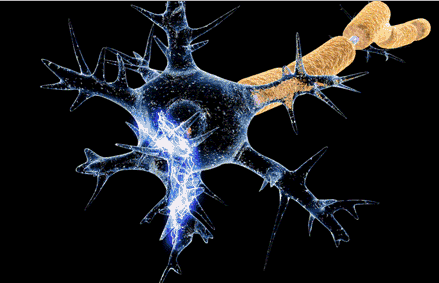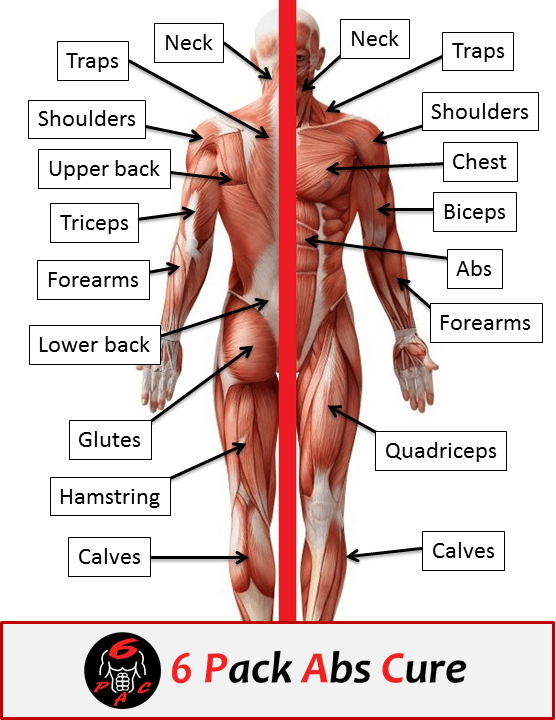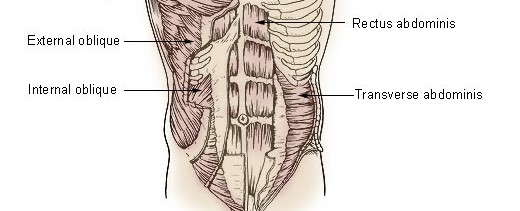Knowing human anatomy
At some point, most of us knew about human anatomy quite a lot since we all had to learn about it in school. But later on, most of us don’t use that information at all and it simply slips our mind. That is quite unfortunate since it would be a good thing knowing our own bodies. Right? Everyone that is into any kind of sports, including performing workout routines from home, should know some basic muscle anatomy.
I am fascinated by the human body and all its evolution.Jock Sturges
Human anatomy 101
First, let’s do the basic division of human body by systems and name some basic parts and functions of each body system:
-
The Skeletal System:
- Consists of bones, cartilage, joints, and ligaments.
- Function: support, movement, protection, production of blood cells, storage of minerals and endocrine regulation.
- There are 206 named bones in human body grouped into two divisions: axial skeleton (80 bones – skull, vertebral column, and bony thorax) and appendicular skeleton (126 bones).

-
The Circulatory System:
- Consist of the heart, blood vessels, lymph vessels, and lymph nodes.
- Function: pumping the blood and supplying all of the body tissues with it; bringing food, oxygen, and other substances and carrying away waste materials with it.
-
The Digestive System:
- Consist of all organs which have to do with taking food in and converting the useful parts of it into substances that the body cells can use (mouth, the teeth, esophagus, stomach, intestine, and accessory organs (liver, pancreas).
- Function: Breaking down food into absorbable units that enter the blood for distribution to body cells and eliminating indigestible foodstuffs as feces.
-
The Respiratory System:
- Consist of lungs and the passages leading to and from them.
- Function: Take in air, and from it extract oxygen which is then dissolved in the blood. Expulsion of cell waste product – carbon dioxide, which is brought to the lungs by the blood.
-
The Integumentary System:
- Consist of skin, the hair, nails, sweat and oil glands, and other related structures.
- Function: forms the external, body covering, protects deeper tissues from injuries, synthesize vitamin D, site of cutaneous receptors and sweat and oil glands.
-
The Urinary/Excretory System:
- Consists of the kidneys, the ureters, the bladder, and the urethra.
- Function: filter out and get rid of certain waste products taken by the blood from the cells (those that are not removed via digestive and respiratory system) and regulating water, electrolyte and acid-base balance of the blood.
-
The Nervous System:
- Consists of the brain, the spinal cord, and the nerves.
- Function: controlling and coordinating all parts of the body.

-
The Endocrine System:
- Consists of a few scattered organs known as endocrine glands.
- Function: production of hormones which regulate such body functions as growth, food utilization within the cells, and reproduction.
-
The Reproductive System:
- Consists of the external sex organs and all related inner structures.
- Function: production of offspring (detailed function differ for males and females).
-
The Muscular System:
- Consist of skeleton moving muscles and organs muscles (other types of muscles are present in the walls of some organs – the intestine and the heart).
- Function: Enables body movement of the skeleton and it maintains posture, allows us facial expression, locomotion, manipulation of the environment, and heat production.
The human body is the best work of art.Jess C. Scott
Muscle groups
Each and every one of those systems plays an important role when it comes to physical activities, but the muscular system kinda stands out when we talk about performing any kind of workout. It is the one system that will give our body the shape and look we aim for.
When we discuss types of workout we often talk about muscles groups that might be of main focus during a certain activity. Even though I believe in a whole body approach kind of exercises, it is basically impossible to find a single workout that would focus on all of the muscles the same. There will always be a muscle group or more of them that will stand out. That is why you might find knowing how certain muscle groups are called useful.
We have prepared an image with all of the important muscle groups with their simplified names. Take a closer look at it and try to remember those names. Like I said before, they might come in handy.

Abdominal muscles anatomy
Since we are here to help you get your sick pack of abs, it’s only fair we take a closer look at abs region. Like is being mentioned in our most popular article Get six pack abs from home, there is more to abdominal muscles than just a six pack. Abdominal muscles have a very complex structure. Sure the six pack region is the most important from the aesthetics point of view, but when it comes to the functionality of your body other parts of abs are just as important.
To get a sense of the complex structure let’s take a glance at the image below. Again, we are not planning on going into details here, we just want you to be aware that there are other regions of abdominal muscles that are also very important and should not be neglected when performing any kind of exercises.

We hope we were able to refresh your knowledge of human anatomy and maybe even learned some new information that will come in handy the next time you’ll be performing one of the workout routines from home.
